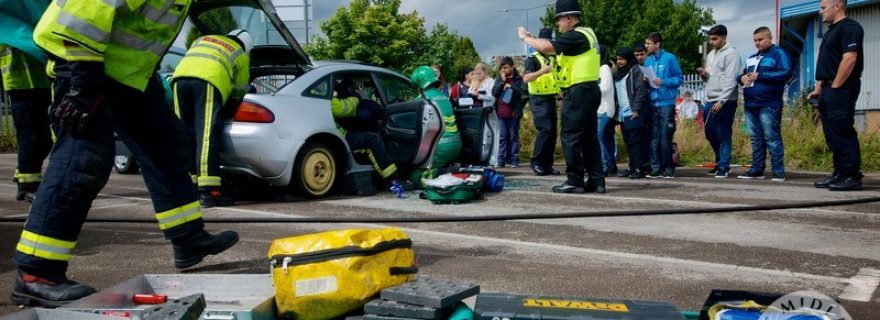What Service Design Can Offer the Emergency Service Sector
The public sector is buzzing with talk of service design as a promising approach to creating and improving citizen-friendly public services. Emergency services are among many public organizations that could benefit from what service design has to offer.
The emergency service sector is undergoing major changes in many localities around the world. These are as a result of a number of convening factors including budget cuts, demographic shifts, urbanization and rapid technological change.
Like many other public service systems (e.g. public health care, transportation), the emergency service sector is vast and complex. There are many stakeholders involved, as well as numerous people and things that make the entire system function. Unsurprisingly, change is difficult. Nevertheless, at the heart of police, fire and ambulance services is one thing: the people at the receiving end. It is their needs and expectations that should ultimately guide how the entire service-system is designed. At a time of major restructuring and reform, a people-centred approach should be a priority.
This is where service design is extremely relevant. An often misunderstood buzzword, service design is essentially a form of conceptual design which involves the activity of planning and organizing people, infrastructure, communication and material components of a service in order to improve its quality and the interaction between service provider and end-user. Service designers use various tools and methods (e.g. user journeys, stakeholder maps, personas, service blueprints, prototyping) borrowed from a number of disciplines (e.g. social science, business and design) to understand the needs of users and (re)design services to better suit these needs.
How is this relevant for the emergency service sector? At a time when budgets are shrinking and demand is growing, service design can help these organizations prioritize their service offerings based on what citizens actually need. Certain tools and methods can help uncover the gaps and pain points of the service system and propose and test possible solutions to address them. Further, the emergency services offer a variety of overlapping and interrelated services. Service design can help untangle these organizational complexities, and uncover who needs what and when, and how then to best organize to meet these needs. Finally, putting people at the center of strategy will also allow emergency services to better plan for the future. By analyzing various user trends, such as population and demographic shifts, emergency services can ensure that they have or acquire the resources they need for future users.
Ultimately, service design is of course not the holy grail of approaches; it is useless without the political will from above, and the willingness and enthusiasm from below. Politics, organizational culture, money and time can also muddy the waters. Moreover, a lot of what service designers do is already happening within these organizations, but perhaps not as systematically and iteratively as a design-driven approach would call for. So what can be done to get more service design thinking into the emergency service sector? First is creating awareness through dialogue- introducing service designers t and emergency managers and first responders to one another. After this, devoting the time, space and resources for collaborative service design is important (e.g. workshops, seminars, custom toolkits, 'labs' etc.). Finally, delivering, evaluating and sharing results is key so that other localities can learn from successes and failures, and solutions can be potentially scaled.


